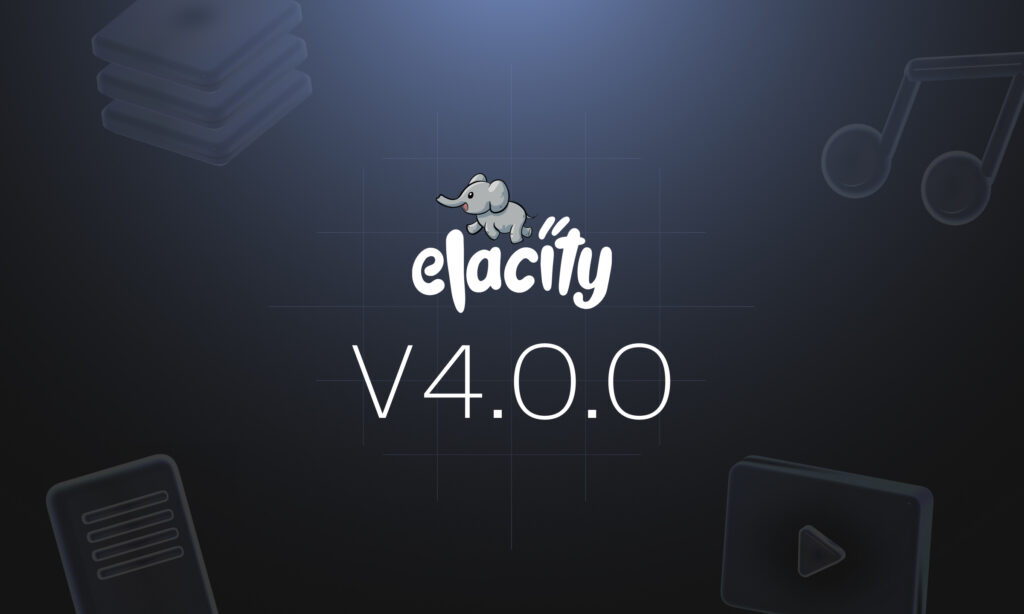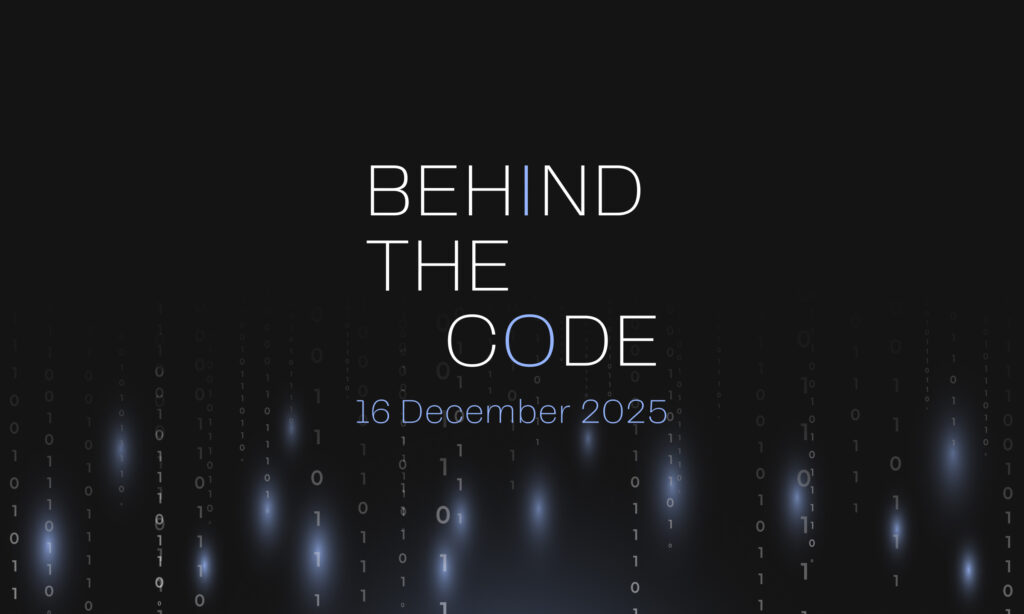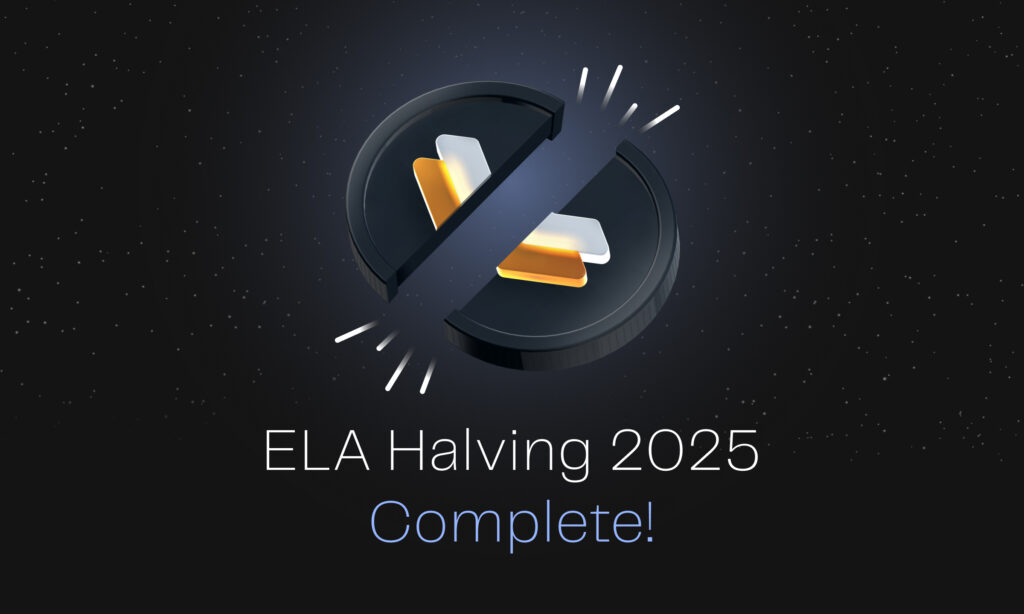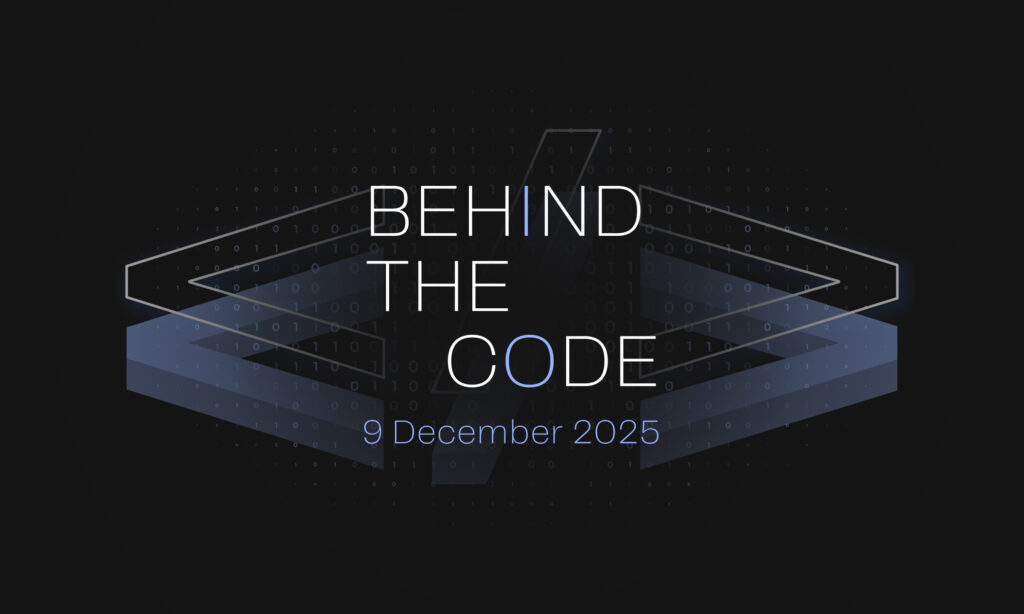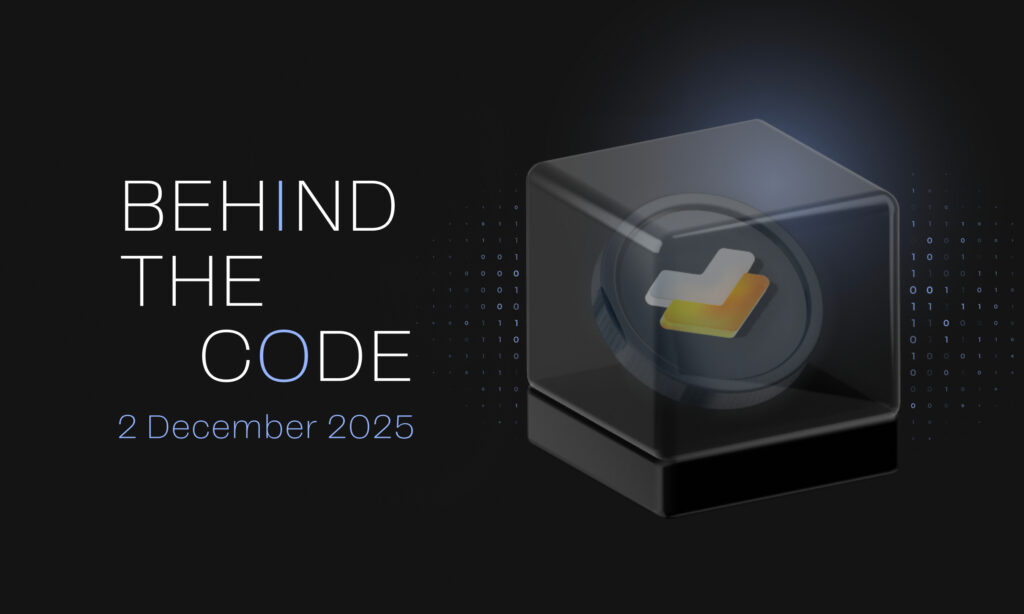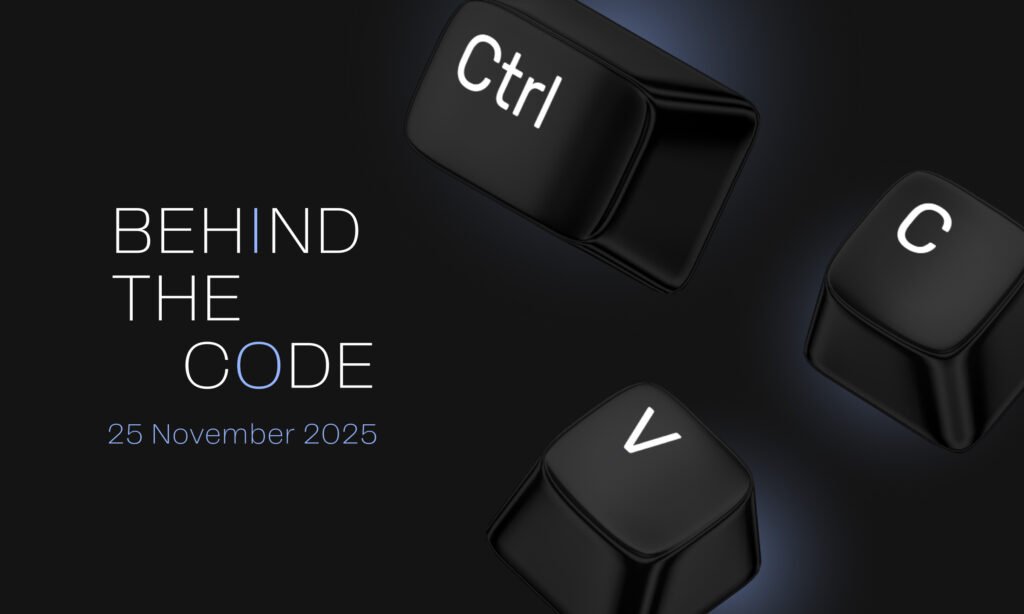For years, Web3 has been haunted by the same uncomfortable truth: ownership without revenue is worthless. Tokens proved you could own something digitally, but they didn’t prove you could make a living from it. Creators minted NFTs, startups launched tokens, and platforms promised empowerment. But most of the cash flowed into the hands of speculators and middlemen – the very problem this technology was supposed to solve.
Now, quietly but forcefully, the Elastos ecosystem has rolled out a fix. With the launch of Elacity V4, the project has transformed itself from a scrappy marketplace experiment into the monetization layer of the ElastOS World Computer.
The World Computer Gets a Paycheck
Think of Elacity as the PayPal of the decentralized internet – except instead of handling just money, it handles rights, royalties, access, resale, subscriptions, and even encryption.
Every file uploaded into Elacity – whether it’s a movie, a piece of software, or an AI model – is encrypted, fingerprinted, and bound to a set of on-chain rules that determine how it can be accessed, resold, or shared. The result is a kind of programmable ownership that looks less like speculative JPEGs and more like the future of actual business on the internet.
The update is not a new feature drop. It’s a structural change to the Elastos stack: storage, compute, identity… and now revenue.
What V4 Delivers
The Elacity team spent 4 months and more than 700 commits re-engineering their platform. The result is a system that feels less like a Web3 app and more like infrastructure.
- Royalties: a complete on-chain revenue system with instant wallet payouts and real-time notifications.
- Cinema-grade media player: adaptive streaming across 8 quality levels, from 144p to 4K, protected with decentralized DRM.
- Token-gated access: ERC-20 and ERC-721 gating for VIP subscriptions, pay-per-view, rentals, and resale markets.
- Performance overhaul: 70% bundle size reduction, 6.7MB of code stripped out through lazy loading, and real-time performance dashboards.
- Mobile-first UX: native-feeling bottom sheets, touch-optimized navigation, and WCAG-compliant accessibility upgrades.
- 2GB upload support: transcoding, encryption, and adaptive bitrate streaming baked into a workflow engine.
- SEO + analytics: schema.org structured data, GA4 event tracking for royalties and trades, and deep search optimization.
All of this runs on Elastos Smart Chain (ESC), the same backbone that secures decentralized IDs and dApps across the ecosystem. But the real unlock is what comes next: a universal USDC system built with partner Particle Network’s account abstraction tech. That means anyone, whether they’re on Solana, Base, Arbitrum, or whatever chain comes next, can drop USDC into a smart wallet and access Elacity’s licensing, royalties, and marketplaces instantly. No bridges.
Who Controls the Keys?
Here’s where it gets interesting – and where the investigative part kicks in.
Early versions of Elacity stored license keys directly on smart contracts. That was clever, but it came with a fatal flaw. If the keys were left in plaintext, anyone with enough technical skill could dig into the chain and decrypt assets without ever paying for them. If the keys were encrypted, then every single validation had to run through Elacity’s own API keystore. One server outage, and the supposedly “decentralized” DRM started to look like the same brittle centralization Web3 was built to escape.
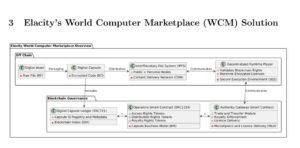
Enter World Computer partner Lit Protocol, a distributed network of key servers. Elacity now uses Lit to replace its API for key delivery. To be clear: Elacity built its own DRM stack – encoding, fingerprinting, on-chain licensing and revenue distribution, marketplace, playback validation. Lit doesn’t run DRM; it just decentralizes one piece of it, the licence key delivery found in Elacity’s authoritative gateway contract.
It’s a smart move, and it reveals the paranoia of a team that doesn’t want to be accused of running a single point of failure. That matters, because the entire Elastos project has always been about building an internet without gatekeepers.
The Stakes
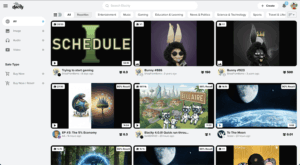
Here’s the part Silicon Valley insiders will understand immediately: Elacity is building what Apple and Netflix won’t.
Big Tech DRM systems lock creators into platforms, skim 30–45% off the top, and dictate how content can be used. Elacity flips that script: creators keep 95%+ of revenue, set their own terms, and watch their royalties flow automatically. No intermediaries, no waiting weeks for payouts, no opaque accounting.
It’s not just about fairness – it’s about scale. Analysts project digital asset monetization to exceed $1.2 trillion by 2030. Whoever controls the rails for those payments controls the new internet.
Beyond the Hype
Of course, there are caveats. Elacity still needs adoption. APIs and SDKs are coming, but not yet live. The dream of cross-chain USDC payments and one-click credit card buys is still rolling out. And the history of Web3 is littered with projects that over-promised.
But here’s the difference: V4 isn’t vaporware. It’s shipping code. It’s adaptive streaming that works. It’s performance dashboards monitoring real transactions. It’s royalties being claimed in real time. The hard engineering is done. What comes next is distribution and scaling it’s infrastructure.
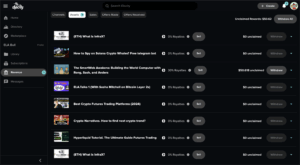
The Bottom Line
Elacity V4 turns Elastos from an operating system into a World Computer with a paycheck.
This isn’t a startup launching a new feature. It’s the maturation of a core protocol service. Just as TCP/IP gave the internet a language, and PayPal gave e-commerce a wallet, Elacity is giving the decentralized web its revenue rail.
The question now is whether the rest of the world notices. Because if they do, the balance of power between platforms and creators could finally tilt, not toward Silicon Valley, but toward the people who actually make the internet worth using.
Elacity isn’t just powering assets. It’s powering economies. Head over and check out Elacity V4.0.0 today.

